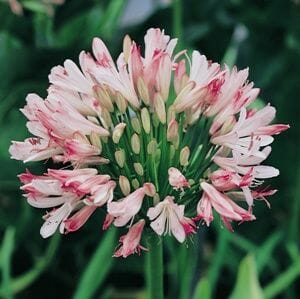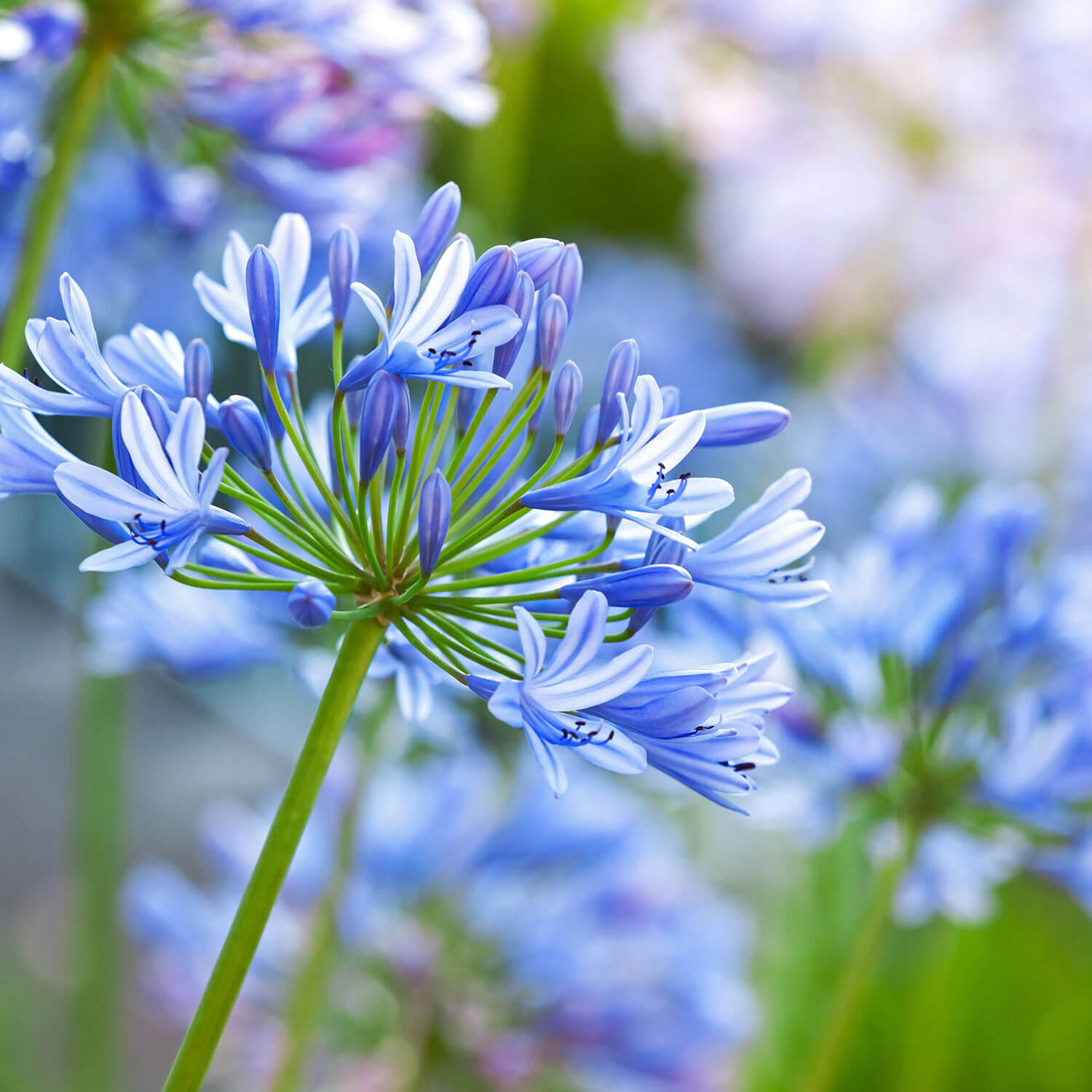Grasping the Art of Agapanthus Care: Crucial Actions for Healthy And Balanced Growth and Dynamic Flowers
In the realm of gardening, the farming of agapanthus stands as a rewarding venture for those that look for to support these elegant blooming plants. With their striking flowers and elegant vegetation, agapanthus has caught the focus of gardeners worldwide. However, achieving optimum development and lively blooms needs a nuanced technique that incorporates different vital actions. From selecting the appropriate selection to understanding pruning methods, the journey towards growing thriving agapanthus plants is multifaceted and holds the essential to opening the complete potential of these herb gems.

Selecting the Right Agapanthus Range

When picking the right Agapanthus variety for your garden, think about aspects such as environment viability, bloom color, and growth routine. Agapanthus, generally called Lily of the Nile or African lily, comes in a variety of colors ranging from shades of purple and blue to white. Pick a blossom color that complements your existing yard scheme to produce an unified landscape. Furthermore, take into consideration the environment in your region to ensure the Agapanthus range you choose can flourish in your details problems. Some varieties are extra forgiving of chilly temperature levels, while others prefer warmer environments. Understanding the growth practice of various Agapanthus ranges is essential for correct placement within your yard. Some selections have a clumping development habit, ideal for containers or borders, while others have an even more spreading nature, ideal for ground cover or mass plantings. By thoroughly evaluating these elements, you can select the excellent Agapanthus variety to enhance the appeal of your yard.
Ideal Planting Conditions
Thinking about the optimum environmental needs is vital for successful Agapanthus growing. Agapanthus plants are delicate to cold temperatures and ought to be safeguarded from frost during winter months.
To ensure healthy and balanced development and lively flowers, plant Agapanthus bulbs at a deepness of about 2-4 inches and area them 8-12 inches apart. Including raw material, such as compost, to the soil can enhance drainage and fertility, advertising robust origin development. Mulching around the base of the plants aids retain moisture and subdues weed development. Regular watering is important, specifically throughout the growing period, to maintain the soil constantly moist yet not waterlogged.
Watering and Feeding Tips
Keeping correct moisture degrees and offering crucial nutrients are key aspects in the care routine for Agapanthus plants. When it comes to sprinkling Agapanthus, it is essential to strike a balance. These plants like constantly damp dirt but are prone to root rot if overwatered.
Feeding Agapanthus is vital for advertising healthy growth and respected blooms. Use a well balanced fertilizer, such as a 10-10-10 formula, in the early springtime as new development arises. By complying with these watering and feeding ideas, you can guarantee your Agapanthus plants prosper and produce vibrant, resilient flowers.
Trimming Methods for Agapanthus
Pruning Agapanthus plants at the ideal times and with proper techniques is vital for preserving their wellness and advertising optimum growth and flowering. The suitable time to trim Agapanthus remains in late winter season or early springtime prior to new growth emerges. Begin by eliminating any dead or yellowing fallen leaves near the base of the plant. Cut them as close to the ground as possible without damaging the emerging shoots.
Deadheading spent blossoms can also reroute the plant's power right into producing more blossoms rather than establishing seeds. If you desire to collect seeds for breeding, leave some blossoms to dry and fully grown on the plant.
Remember to utilize clean, sharp tools to make specific cuts and lower the risk of presenting conditions. Agapanthus. Normal trimming will certainly assist keep your Agapanthus looking healthy and balanced and neat while useful content ensuring a plentiful display of attractive blooms
Taking Care Of Common Pests and Illness
After making certain proper pruning strategies for Agapanthus, it is vital to address usual parasites and conditions that can influence the wellness and vitality of these plants. One typical parasite that affects Agapanthus is the Agapanthus gall midge.
One more typical issue is fungal leaf area, which presents as dark lesions on the leaves. To stop fungal diseases, guarantee good air flow around the plants, stay clear of overhanging watering, and get rid of any type of contaminated leaves without delay. In addition, Agapanthus plants can struggle with origin rot if they are planted in poorly draining pipes soil. To avoid this, plant Agapanthus in well-draining soil and prevent overwatering. By being watchful and taking punctual action versus diseases and pests, you can help your Agapanthus plants flourish and create lively blossoms.

Final Thought
In conclusion, mastering the art of agapanthus treatment entails selecting the right range, offering perfect growing problems, correct watering and fertilizing, proper trimming strategies, and dealing with typical bugs and diseases. By adhering to these vital steps, you can ensure healthy and balanced development and he said dynamic blossoms for your agapanthus plants. Remember to routinely check and preserve your plants our website to promote their overall wellness and longevity.
To make sure healthy development and vibrant blooms, plant Agapanthus bulbs at a depth of concerning 2-4 inches and area them 8-12 inches apart. By complying with these watering and fertilizing suggestions, you can ensure your Agapanthus plants thrive and create vivid, lasting flowers.
One typical insect that influences Agapanthus is the Agapanthus gall midge. Additionally, Agapanthus plants can endure from origin rot if they are planted in badly draining dirt. By adhering to these necessary actions, you can make sure healthy development and dynamic blossoms for your agapanthus plants.